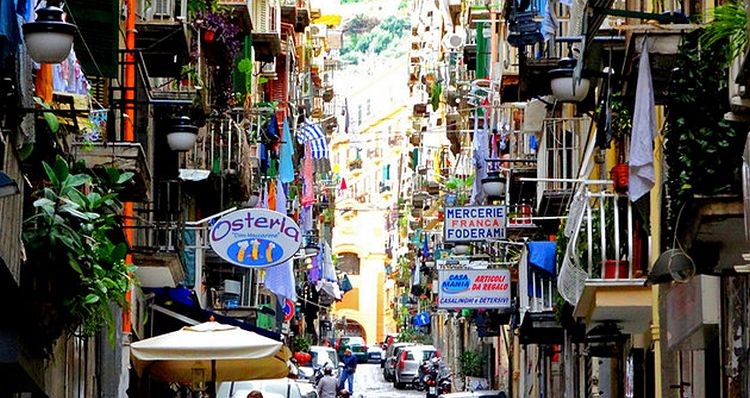Following a September call for concern, Italian Prime Minister Matteo Renzi’s government offered up a plan Thursday that would see a third of the country’s slot machines pulled off the market by the end of next year. Gambling deregulation occurred in Italy beginning in 1992 and slot machine proliferation has exploded since 2001 when Silvio Berlusconi came into power with his own form of conservative populism. Today Italy is the fourth largest gambling market in the world and the largest in Europe surpassing even the UK. The Wall Street Journal places total gaming revenue in Italy at 88 billion euros in 2015, citing the Italian government, while Statista places 2015 GGR at about 18b euros citing H2 Gambling Capital’s OPAP Annual Report 2015 (PDF). By either number, the amount spent by Italians is staggering.
Reuters reported in 2012 that while revenues had only risen marginally, turnover had more than quadrupled since 2001. Amimeg.it released numbers in August this year covering January through July showing that slots were by far the biggest revenue generators in Italian casinos, at eight times more than the next most profitable game, Fair Roulette. In those seven months, 1.2 million casino visits to the country’s four true casinos resulted in the properties collecting 177m euros from customers.
But it isn’t the casinos the government is concerned about. Slot machines and video lottery terminals in public places like coffee bars and convenience locations are so prolific that there is one for every 125 citizens. According to the Wall Street Journal, there are nearly half a million slots and VLT’s in the country, more than twice the ratio as the United States, and the government has become increasingly dependent on the revenue those machines generate.
Some reports put “problem”, or heavy gambler numbers at over 1 million in Italy, but industry proponents say that although there may be too many slot machines in the country, other forms of gambling such as scratch cards and state lotteries should be reduced too if they have to take a cut in machine numbers.
Local and regional governments have been trying to reduce the number of slots and their impacts for some time now and the current plan out of Rome would likely echo some of those restrictions. First to be removed would likely be those located near “sensitive places” such as churches, schools, senior centers and the like. Milan has set up minimum distance requirements that will take over 90% of the machines out of service, contract by contract, as they expire. According to statements made by economic secretary Pier Paolo Baretta in September, who stressed at that time that agreement with regional administrators would precede any action from Rome, the law of stability of 2016 would mitigate any consequences to the budget.
Many are concerned that restricting hours and availability will simply create more illegal gambling opportunities, especially for those with gambling problems.
Amimeg.it released a survey in August 2016 showing the number of gaming venues then available in Naples, Rome, and Milan. Naples had 1,163 places to gamble followed by Rome with 734, and Milan with 412, and this survey only counted venues in the top three cities.
The Italian casino industry itself is quite small with only four brick and mortar, full-service casinos. Casino de Campione took in the most money from January through July 2016, with 62.5 million euros followed by Casino di Venezia with 54.8m, Casino de la Vallee (Casino di Saint Vincent) with 34.8m, and finally Casino Municipale di Sanremo which had seven months revenues of 25.6m euros – for a total of 177.7m euros in the beginning of this year.
As high as Italian’s gambling losses in all machines and betting venues may be, individually they only lose about half as much as Australians, but more than Americans do. H2 Gambling Capital prepared a report for William Hill in 2014 that showed the average Australian losing $487.17 in 2013, Italian per capita gambling loss was $245.21 and Americans lost $233.28 on average for every person in the country in 2014.


